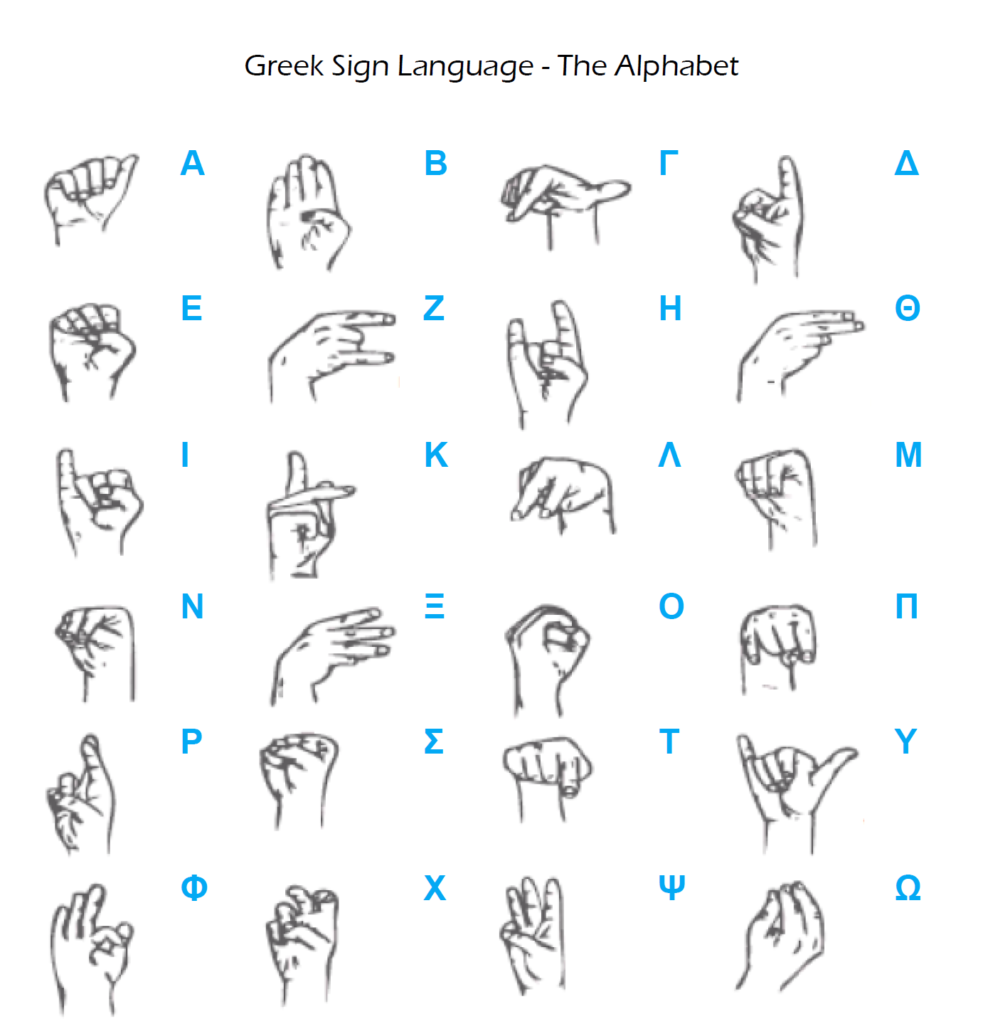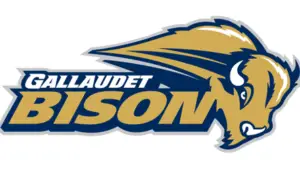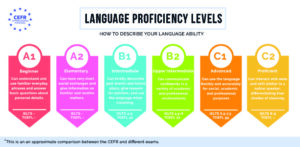Nestled within the sun-kissed shores and ancient ruins of Greece lies a unique and dynamic language, often unseen yet brimming with life. This is the realm of Greek Sign Language (GSL), the native tongue of the Deaf community in Greece, pulsating with its own set of grammar, syntax, and rich cultural nuances.
A Vibrant Community, a Flourishing Language:
Estimates suggest that between 40,000 and 60,000 individuals in Greece rely on GSL for daily communication. This vibrant community encompasses not only Deaf individuals but also hearing family members, interpreters, educators, and allies. Beyond mere hand gestures, GSL forms the bedrock of their identity, culture, and access to information.
A Journey Through Recognition:
The path to official recognition for GSL has been an ongoing struggle. For decades, it was marginalized and excluded from educational and public spheres. However, a turning point arrived in 2000 with Law 2817/2000, which granted GSL the status of the first language for Deaf and hard-of-hearing students. This paved the way for its inclusion in educational settings and opened doors for Deaf students to receive education in their native tongue.
Further strides were made in 2013 with the Declaration on the Constitutional Recognition of Greek Sign Language by the Greek Federation of the Deaf (OMKE). This declaration marked a crucial step towards full constitutional recognition, highlighting the importance of GSL for Deaf citizens and urging its widespread promotion and accessibility.
Beyond Words: The Nuances of GSL:
Unlike spoken languages, GSL thrives on a combination of handshapes, facial expressions, and body movements. Each sign, meticulously crafted with the hands and fingers, carries its own meaning and nuances. For instance, the sign for “hello” involves tapping the chin with an open palm, mimicking the act of placing a phone receiver to one’s ear. The sign for “love” portrays a fluttering motion of the fingers near the heart, capturing the essence of the emotion.

Greek Sign Language alphabet
GSL possesses its own grammatical structure, distinct from spoken Greek. Facial expressions play a crucial role in conveying grammatical markers like tense, negation, and emphasis. A raised eyebrow can turn a statement into a question, while a furrowed brow might indicate doubt or confusion.
Breaking Barriers, Building Bridges:
The recognition of GSL has not only empowered the Deaf community but also fostered greater inclusivity and communication across societal barriers. Interpreters play a vital role in bridging the gap between the Deaf and hearing worlds, facilitating access to education, healthcare, legal services, and everyday interactions.
Technology has also become a powerful tool for promoting GSL. Online dictionaries, video tutorials, and mobile apps are bringing the language to a wider audience, fostering understanding and appreciation for its unique beauty and complexity.
Learning GSL: A Window into a New World:
For those interested in exploring the world of GSL, numerous resources are available. Language courses, workshops, and immersion programs offered by Deaf organizations and educational institutions provide opportunities to learn the fundamentals and delve deeper into the cultural tapestry of the Deaf community.
Learning GSL goes beyond acquiring a new set of signs; it’s about stepping into a different way of perceiving and interacting with the world. It’s about recognizing the richness and expressiveness of a language often hidden in plain sight, waiting to be discovered and embraced.
So, the next time you encounter someone signing in Greece, take a moment to appreciate the silent symphony unfolding before you. Remember, GSL is not just a language; it’s a vibrant community, a cultural tapestry, and a testament to the human spirit’s ability to communicate and connect in ways that transcend spoken words.
Let’s join hands, figuratively and literally, to celebrate the beauty and importance of Greek Sign Language. Let’s break down the barriers of silence and build bridges of understanding, one sign at a time.
Additional Interesting Facts:
- GSL has its own slang and regional variations, just like spoken languages.
- There are even loan signs adapted from spoken Greek, with slight modifications to fit the grammar and structure of GSL.
- Storytelling and poetry hold a special place in GSL culture, often incorporating facial expressions and body movements to create vivid imagery and emotional resonance.
Remember, this is just a glimpse into the fascinating world of Greek Sign Language. There’s so much more to discover and appreciate as you delve deeper into its intricacies and beauty. So, keep exploring, keep learning, and keep celebrating the diversity and richness of human communication!



